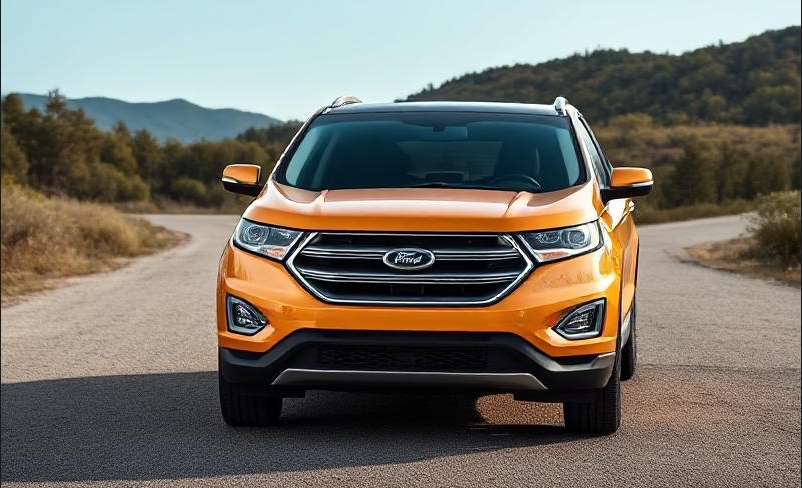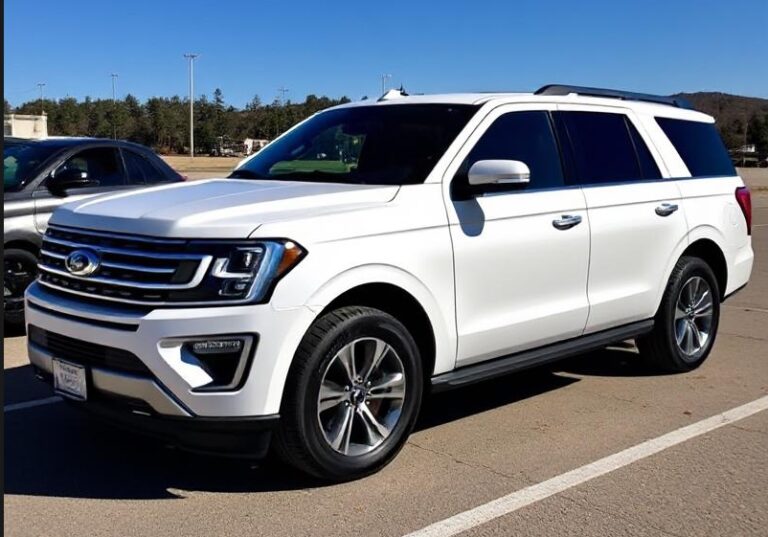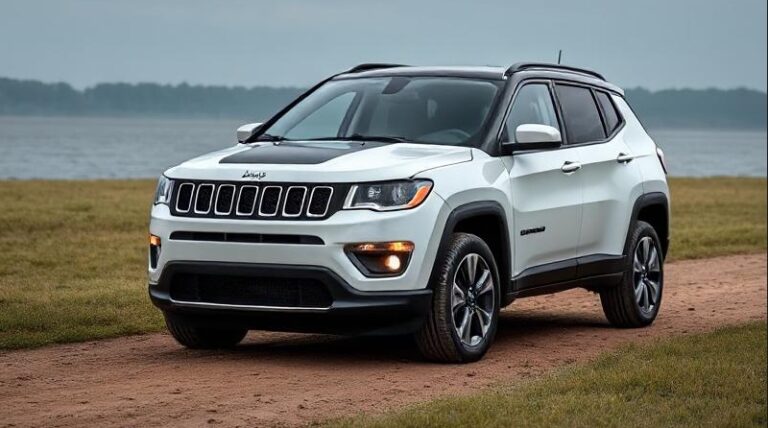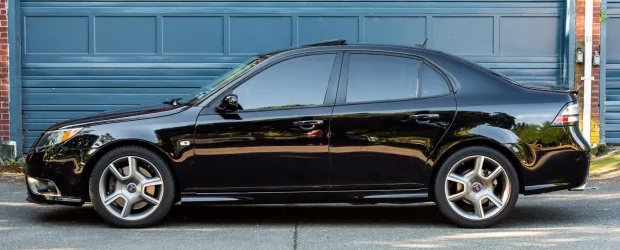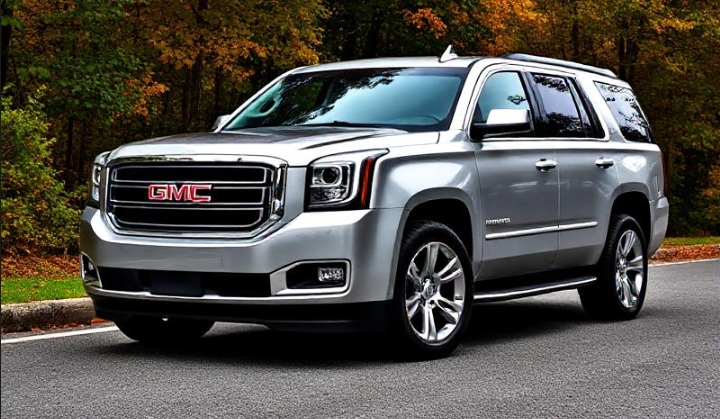The Evolution of the Ford Edge: A Comprehensive Overview
The Ford Edge has established itself as a key player in the midsize SUV market since its inception in 2006. With its blend of style, utility, and technology, the Edge resonates with car buyers looking for versatility without compromising on comfort. This article traces the evolution of the Ford Edge through the years, detailing its production timeline, significant model changes, trim levels, and technological advancements.
Introduction of the Ford Edge (2006)
The Ford Edge made its debut in the 2006 model year, riding on the Ford CD3 platform shared with the Ford Fusion and Lincoln MKX. Positioned as a crossover, the Edge was designed to fill the gap between traditional SUVs and sedans. Initially offered with a 3.5-liter V6 engine generating 265 horsepower, the Edge impressed buyers with both its spacious interior and sporty driving dynamics.
Trim Levels:
- SE
- SEL
- Limited
With a standard six-speed automatic transmission and front-wheel or all-wheel drive options, the first-generation Edge appealed to consumers looking for flexibility. Features such as a panoramic sunroof, premium sound system, and Ford’s SYNC infotainment system were available in higher trims.
Second Generation: Redesign and Refinement (2015)
After nearly a decade, the Ford Edge was completely redesigned for the 2015 model year. This second-generation Edge retained the original’s cross utility idea but incorporated a more aggressive design with sharper lines and updated technology.
Engine Options:
The 2015 Edge offered an enhanced lineup of engines, including:
- A standard 2.0-liter EcoBoost inline-four with 245 horsepower (a fuel-efficient alternative)
- The refined 3.5-liter V6
- A powerful 2.7-liter EcoBoost V6 generating 315 horsepower for the sportier Edge Sport model.
Trim Levels:
- SE
- SEL
- Titanium
- Sport
The new Edge came equipped with the latest technology, including Ford’s Sync 3 interface, a user-friendly touchscreen, smartphone integration, and advanced safety features such as adaptive cruise control and lane-keeping assist.
Continuous Improvements: Mid-Cycle Refresh (2019)
In 2019, Ford gave the Edge a significant mid-cycle refresh that included both aesthetic and functional upgrades. This iteration saw the adoption of Ford’s new corporate identity, including a more prominent front grille and modernized lighting elements.
Engine Updates:
Ford retained the engines from the previous model but added enhancements for more efficient performance. The Edge ST, introduced in this refresh, was the first Ford SUV to bear the ST badge, signifying sport-tuned performance with a robust turbocharged 2.7-liter engine capable of reaching 0-60 mph in just over six seconds.
Trim Levels:
- SE
- SEL
- Titanium
- ST
- Titanium Elite
The infotainment system received updates for improved responsiveness and user-friendliness, while safety technology was also enhanced with features like Ford Co-Pilot360, a suite of driver assistance technologies aimed at making driving safer and more relaxed.
.

.
2021 Model Year: Continued Offerings and New Features
In 2021, the Ford Edge continued mostly unchanged, reflecting a consistent and well-received design and technology. However, modest updates were made, including the addition of new available features such as more advanced driver assistance systems and improved infotainment options.
Trim Levels:
- SE
- SEL
- Titanium
- ST
The ST trim continued to stand out with aggressive styling cues, sport-tuned suspension, and performance-focused technology, catering to buyers seeking a more dynamic driving experience.
Eco-Friendly Initiative: The Edge Plug-In Hybrid
As part of Ford’s initiative to expand its electric vehicle offerings, the 2021 Edge was announced as a candidate for future hybrid and electric variants. While the traditional combustion engine variations remained, market expectations hinted at the very real prospect of a plug-in hybrid version that would leverage Ford’s existing hybrid technology, aiming for enhanced fuel efficiency and lower emissions.
The Current Generation (2023 and Beyond)
As of 2023, the Ford Edge has transitioned toward a more mature lifestyle vehicle. With ongoing emphasis on safety, comfort, and technology, the Edge is widely recognized as a dependable family vehicle.
Engine Choices for 2023:
- 2.0-liter EcoBoost I-4: Offers a balance of power and efficiency.
- 2.7-liter EcoBoost V6: For sporty and enthusiastic drivers.
Trim Levels:
- SE
- SEL
- Titanium
- ST
The range of available technology continues to grow, featuring the latest iteration of Ford’s SYNC technology, advanced connectivity options, and driver-assistance features that enhance overall driving confidence.
Conclusion
Since its introduction in 2006, the Ford Edge has undergone significant transformations while staying true to its core values: style, comfort, and versatility. Each generation has brought notable advancements in design, technology, and performance, making it a critical offering in Ford’s lineup. As Ford continues to innovate, the Edge remains a strong contender in the competitive midsize SUV market, showing adaptability to changing consumer needs and safety standards.
Looking ahead, the Ford Edge seems poised to integrate further hybrid technology and possibly even an electrified version, ensuring its relevance in an automotive landscape that increasingly prioritizes sustainability and efficiency. With a proven track record and a clear path forward, the Ford Edge is set to continue captivating new generations of drivers.
